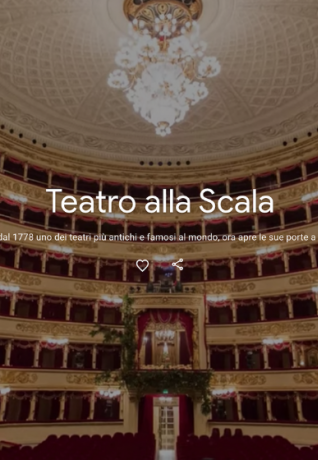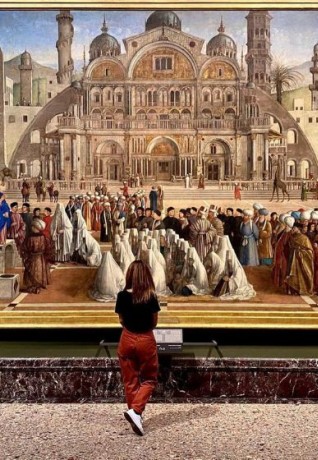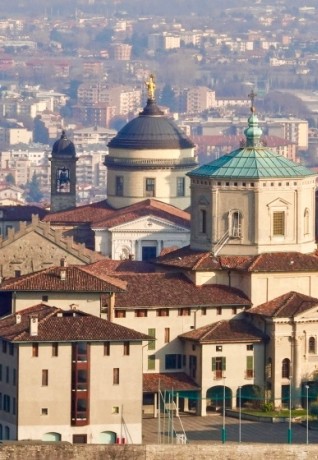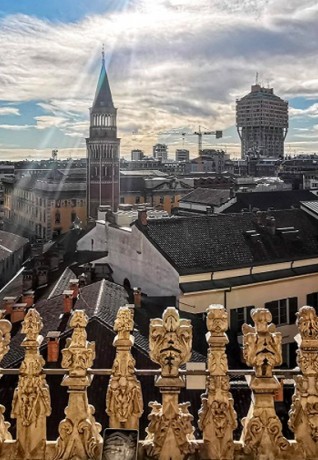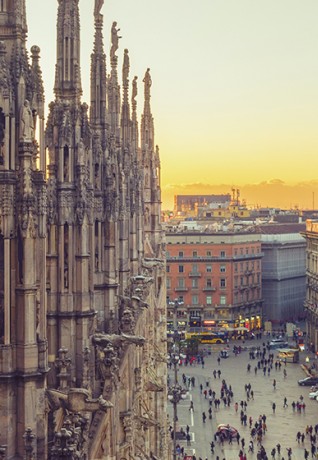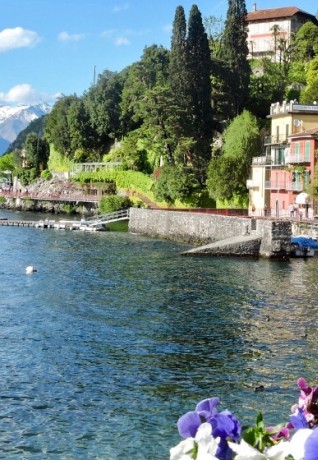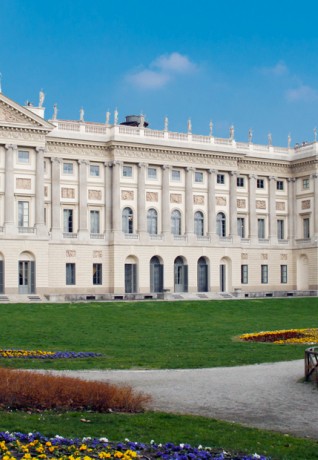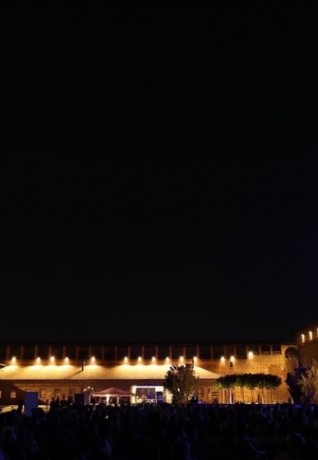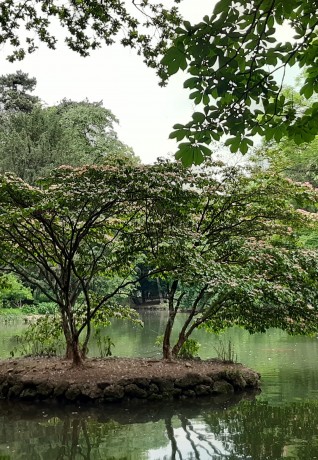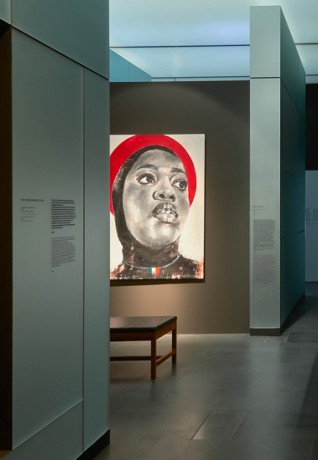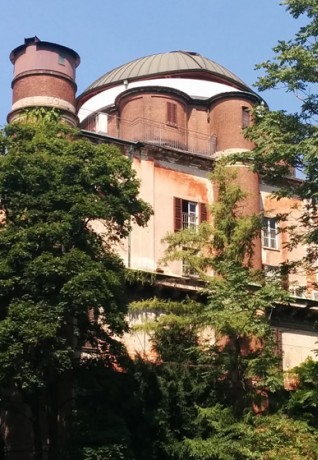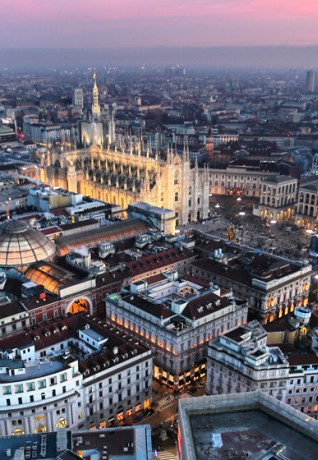A stroll among '900 architectures. From Central Station to Palazzo Dell'informazione.
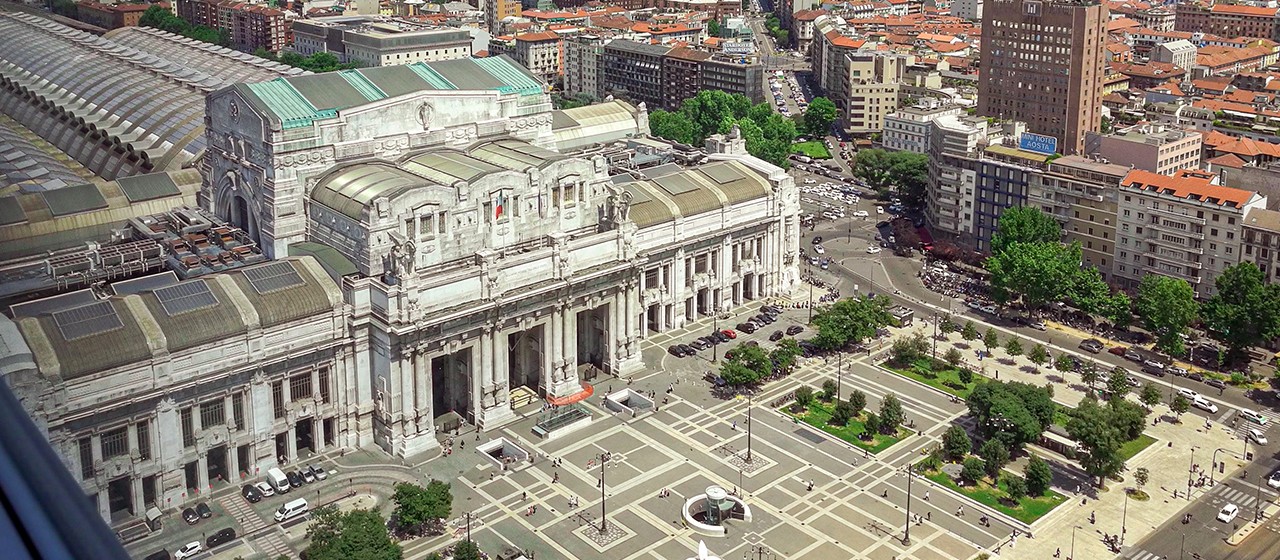
Try to enter Milano from Central Station - it is an immersive path, very significant of twentieth-century design production.
The axis that connects Duca d'Aosta Square with Repubblica Square is the result of 1km retreat which, at the beginning of the century, no longer seemed adequate to manage the flow of travelers. The low-and-white building was inaugurated in 1931, but its monumental features are not fully rationalist, because the project, realized by Ulisse Stacchini, is dated back to 1912, and reveals its liberty nature.
Just in front of the Station there is Gio Ponti’s Pirelli Tower - renamed as Pirellone (1960) - an absolute masterpiece that has remained unmatched among all recent skyscrapers, which can also be seen behind it: the Galfa tower, the Region building and, on the bottom, the Vertical Forest. It is possible to find other giants walking along modern arcades set in Vittor Pisani street: the Breda Tower (1951-1954), with its beautiful round skylight, on the corner with Tunisia street, designed by the same architect - Mattioni - which has built the Martini palace in Diaz Square. At the end of the road, instead, there is the Turati tower, designed by Giovanni and Lorenzo Muzio, tall its 75 meters.
Turati street, in the same way, becomes a veritable road of wonders: it is possible to see the Serenissima Palace - ex Campari Palace - designed in the 60s by the Soncini brothers and recently restored by the Park Associati, followed by the mythological Ca 'Bruta, masterpiece by Muzio. Opposite, on the corner with via Moscova, the curved and green Montecatini Building, with its H-shaped plan - was realized by Gio Ponti in the late 30’s. The path can only end up triumphantly on the Information Palace, or Palazzo dei Giornali (formerly Palazzo del Popolo of Italy).

 Log in
Log in
